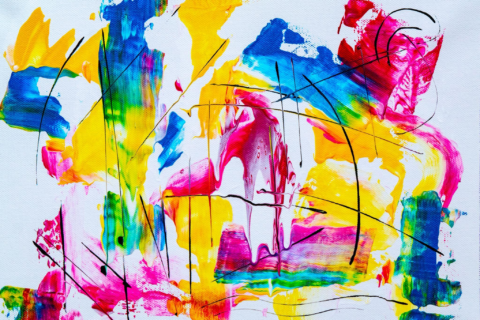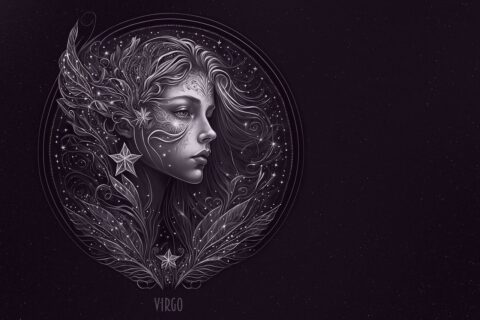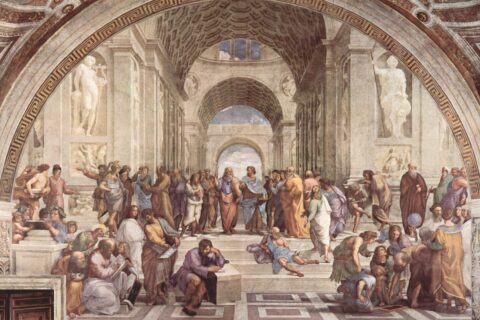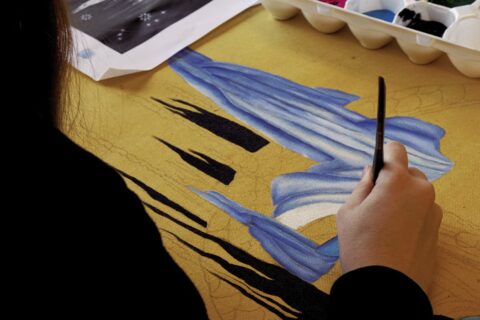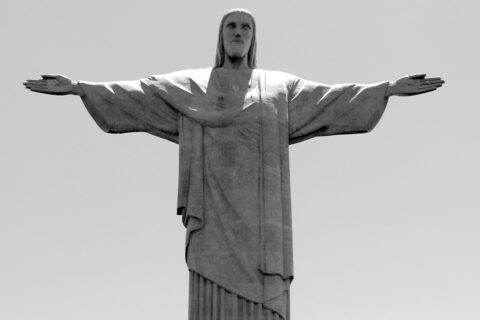
Domestic Genre
- Leake Camille
- July 9, 2021
- Genres of sculpture
- No Comments
Household genre, one of the genres of fine art, dedicated to everyday private and public life (usually contemporary to the artist). The leading role in the genre is played by domestic (genre) painting; genre themes are also common in graphics and sculpture, mostly of small size. In the process of development of genre art its inherent possibilities were defined – from authentic depiction of relationships and behavior of people in everyday life to the deep disclosure of the inner meaning and social and historical content of the phenomena of everyday life.
Household scenes known from ancient times became a special genre of art in feudal epoch – in the Far East and during the formation of bourgeois society in Europe. The heyday periods of B.G. of the new times were connected with the growth of democratic and realistic artistic tendencies, with the artists’ appeal to a wide range of spheres of people’s life and labor activity, with raising important social issues in art.
Scenes of hunts, marches and rituals are already known in primitive art. Kings and nobles, craftsmen and farmers are often depicted in characteristic moments of their lives in ancient eastern murals and reliefs. Ancient Greek vases and reliefs depict scenes of everyday life (with a simple plot and the relationships of the characters) that are akin to ancient lyrics and comedy; they occupied a significant place in Hellenistic and Roman paintings, mosaics and sculpture (especially small), reflecting the increased interest of art in everyday phenomena and private life.
In medieval art genre scenes and specific observations of everyday life emerged, as a rule, with the development of secular humanistic tendencies within the framework of the dominant religious worldview and were often woven into religious and allegorical compositions. They are common in murals, reliefs and miniatures – both in Europe (Naumburg Cathedral reliefs, Germany, mid 13th century), and in Asia (Ajanta murals in India, mostly 5th-6th centuries; reliefs of Borobudur in Indonesia, ca. 800, Angkor in Cambodia, 10th-13th centuries; schools of secular miniature in Iraq, Central Asia, Azerbaijan, Iran, India that formed between the 13th and 16th centuries). The first genre pictures in China (Gu Kai-zhi, the 4th c.) are connected with religious-philosophical ideas of moral perfection and affirmation of the ideal of nobility and stately manners as a norm of human behavior in everyday life. During the Tang period (7th-10th centuries) the schools of Chinese genre painting evolved. Genre painters appeared (Yan Li-ben, Chou Fang, Han Huang), who depicted scenes of court life, often with great fidelity and intimacy. During the Song Dynasty (10th-13th centuries), Chinese genre painters (Li Tang, Su Han-chen) began to depict the life of the people in paintings that were full of humor and precise observations. The genre painting of Japan and Korea developed in roughly the same way.
Household genre sculpture depicts its characters in their usual environment, most often in the process of some activity. Household sculpture is small or medium-sized, and the composition may consist of one or more figures. Folk or mythological motifs play a significant role in the domestic genre. Sculptors working in this direction use a variety of details and decorative elements designed to emphasize the features of behavior or character of the depicted object.


